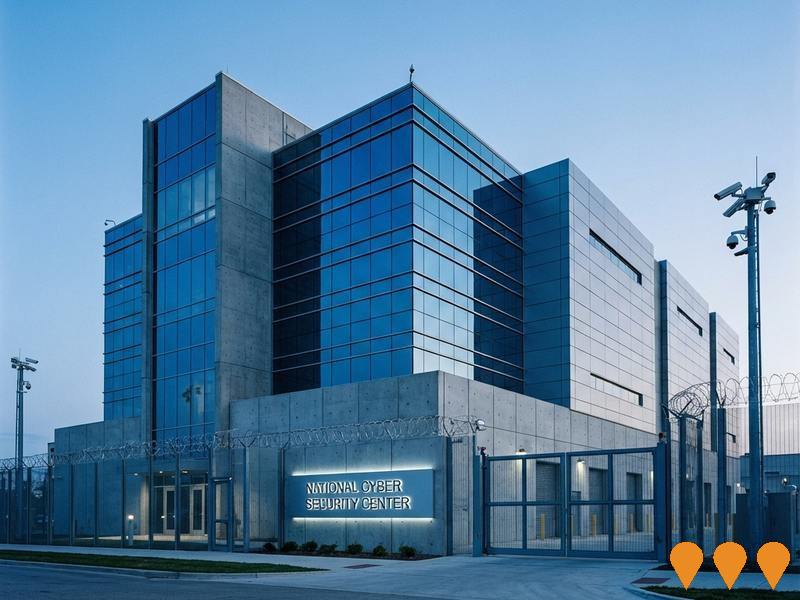Chart Color Schemes
est. as @ -- *
ABS ERP | -- people | --
2021 Census | -- people
Sales Activity
Curious about local property values? Filter the chart to assess the volume and appreciation (including resales) trends and regional comparisons, or scroll to the map below view this information at an individual property level.
Find a Recent Sale
Sales Detail
Population
Tumut Surrounds is positioned among the lower quartile of areas assessed nationally for population growth based on AreaSearch's assessment of recent, and medium term trends
Tumut Surrounds' population is approximately 4,856 as of Nov 2025. This figure represents an increase of 112 people (2.4%) since the 2021 Census, which recorded a population of 4,744. The change is inferred from the estimated resident population of 4,801 in Jun 2024 and an additional 29 validated new addresses since the Census date. This results in a population density ratio of 1.1 persons per square kilometer. Tumut Surrounds' growth of 2.4% since the 2021 census exceeded the SA3 area's growth rate of 2.1%. The primary driver for this growth was overseas migration, contributing approximately 80.6% of overall population gains during recent periods.
AreaSearch uses ABS/Geoscience Australia projections for each SA2 area, released in 2024 with a base year of 2022. For areas not covered by this data, AreaSearch utilises NSW State Government's SA2 level projections, released in 2022 with a base year of 2021. Growth rates by age group from these aggregations are applied to all areas for the years 2032 to 2041. Based on the latest population numbers, Tumut Surrounds is expected to increase by 435 persons by 2041, recording a gain of 7.8% over the 17-year period.
Frequently Asked Questions - Population
Development
AreaSearch assessment of residential development drivers sees a low level of activity in Tumut Surrounds, placing the area among the bottom 25% of areas assessed nationally
Tumut Surrounds averaged approximately 11 new dwelling approvals annually over the past five financial years from FY21 to FY25, with a total of 58 homes approved during this period and an additional 2 approved in FY26. The average number of new residents per year per dwelling constructed was around 0.9 between FY21 and FY25. This indicates that new supply is keeping pace with or exceeding demand, providing ample buyer choice and creating capacity for population growth beyond current forecasts.
The average construction cost value of new homes was $380,000. In the current financial year, $4.8 million in commercial development approvals have been recorded, suggesting the area's residential character. Compared to the rest of NSW, Tumut Surrounds has around three-quarters the rate of new dwelling approvals per person and ranks among the 36th percentile nationally, indicating somewhat limited buyer options while strengthening demand for established homes. This activity is also below average nationally, reflecting the area's maturity and possible planning constraints.
All new construction in the area has consisted solely of standalone homes, maintaining Tumut Surrounds' traditional low density character with a focus on family homes appealing to those seeking space. The estimated population per dwelling approval is 514 people, reflecting its quiet, low activity development environment. Population forecasts indicate Tumut Surrounds will gain approximately 380 residents by 2041. Building activity appears to be keeping pace with growth projections, though buyers may experience heightened competition as the population grows.
Frequently Asked Questions - Development
Infrastructure
Tumut Surrounds has moderate levels of nearby infrastructure activity, ranking in the 48thth percentile nationally
Changes to local infrastructure significantly influence an area's performance. AreaSearch has identified fifteen projects likely impacting the area. Notable ones include Tumut River Works Program, Tumut Hospital Redevelopment, Tumut Aerodrome Infrastructure Upgrade Stage 2, and Batlow Water Security (Concept Design) Project. The following list details those most relevant.
Professional plan users can use the search below to filter and access additional projects.
INFRASTRUCTURE SEARCH
 Denotes AI-based impression for illustrative purposes only, not to be taken as definitive under any circumstances. Please follow links and conduct other investigations from the project's source for actual imagery. Developers and project owners wishing us to use original imagery please Contact Us and we will do so.
Denotes AI-based impression for illustrative purposes only, not to be taken as definitive under any circumstances. Please follow links and conduct other investigations from the project's source for actual imagery. Developers and project owners wishing us to use original imagery please Contact Us and we will do so.
Frequently Asked Questions - Infrastructure
Snowy 2.0
Snowy 2.0 is a pumped-hydro expansion of the Snowy Scheme, linking two reservoirs with tunnels and an underground power station, providing 2,000 MW of power and 350,000 MWh of storage.
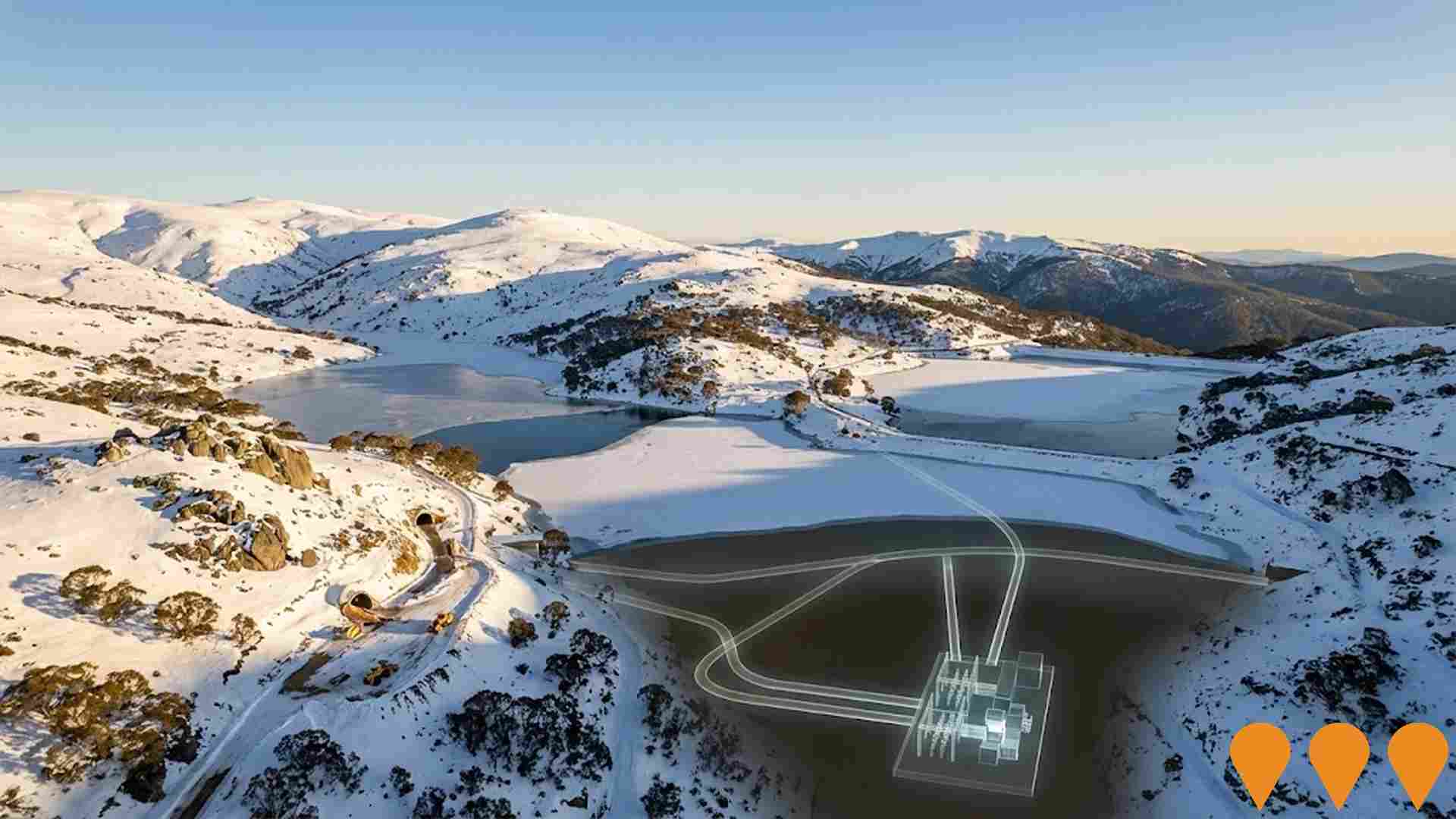
Tumut Hospital Redevelopment
Redevelopment of Tumut Hospital providing integrated modern healthcare services including emergency department, inpatient wards, maternity, rehabilitation unit, renal department, medical imaging with CT, helipad, and more for local communities in Tumut, Gundagai, Batlow, and Adelong.
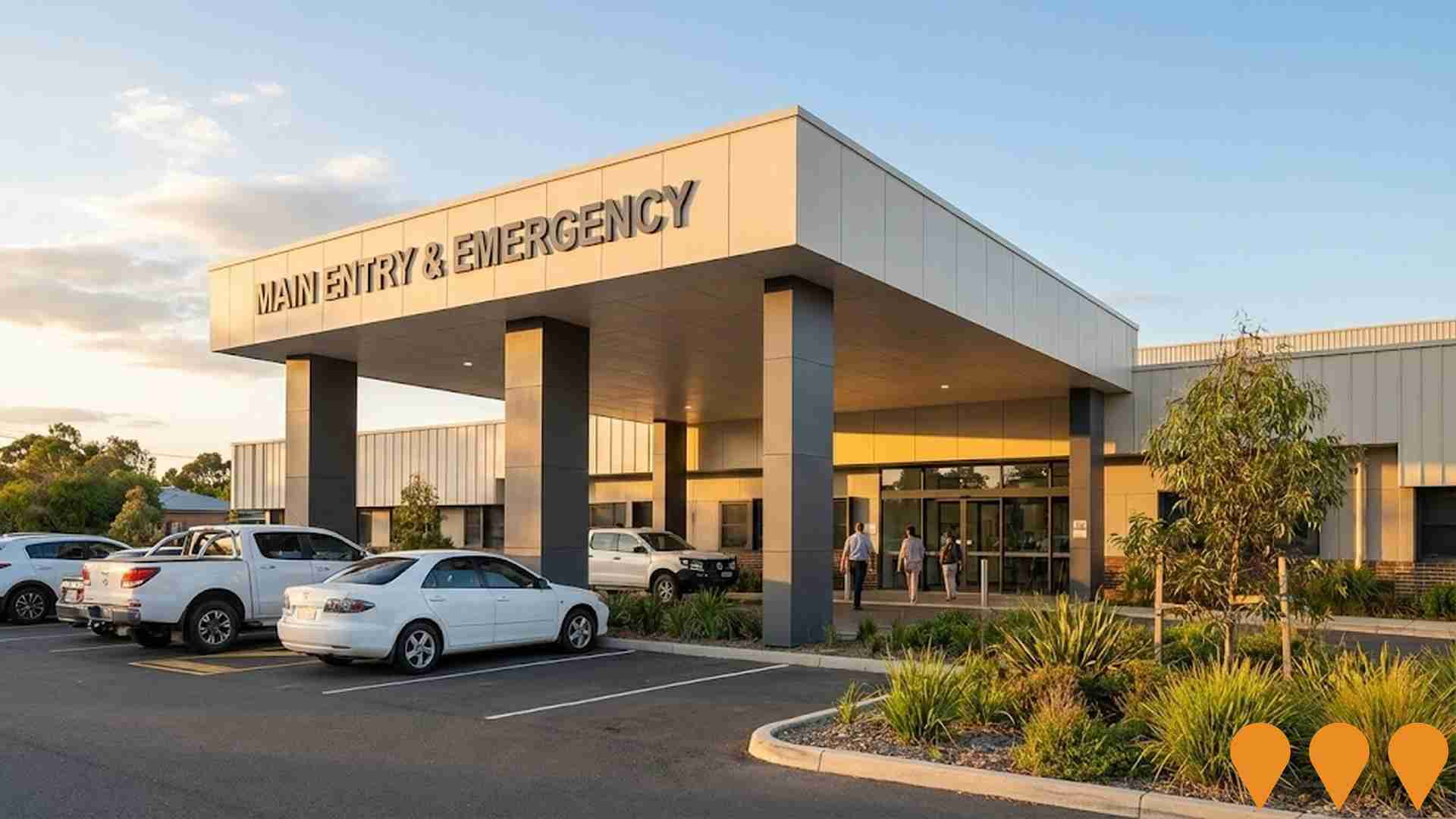
Batlow Water Security (Concept Design) Project
Concept design for a new 50 ML raw water storage to improve long term water security for Batlow. The work is guided by NSW DCCEEW's Regulatory Assurance Framework and delivered by Snowy Valleys Council with NSW Public Works, aiming to take the project to tender ready before detailed design and construction.
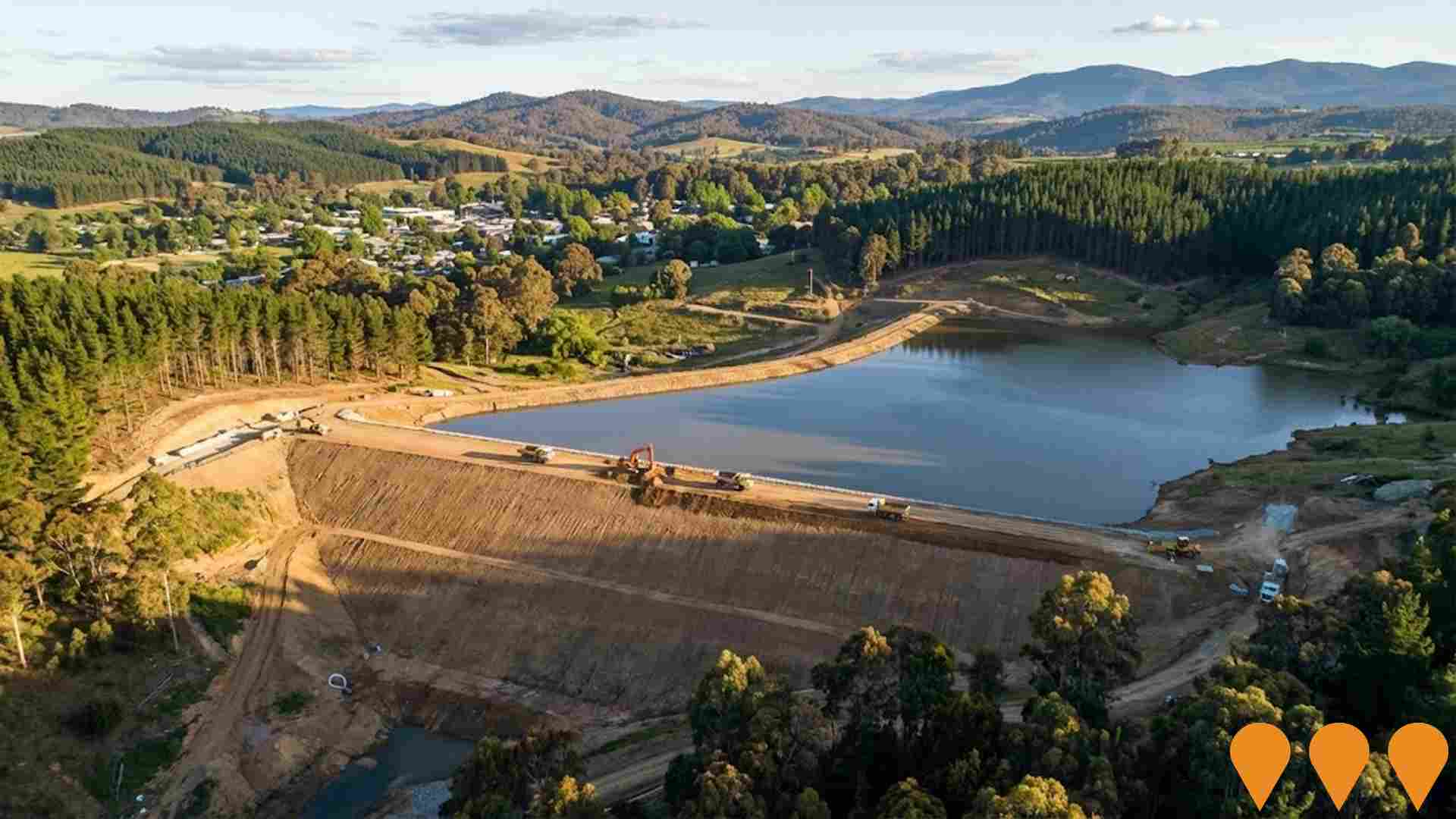
HumeLink
HumeLink is a new 500kV transmission line project connecting Wagga Wagga, Bannaby, and Maragle, spanning approximately 365 km. It includes new or upgraded infrastructure at four locations and aims to enhance the reliability and sustainability of the national electricity grid by increasing the integration of renewable energy sources such as wind and solar.
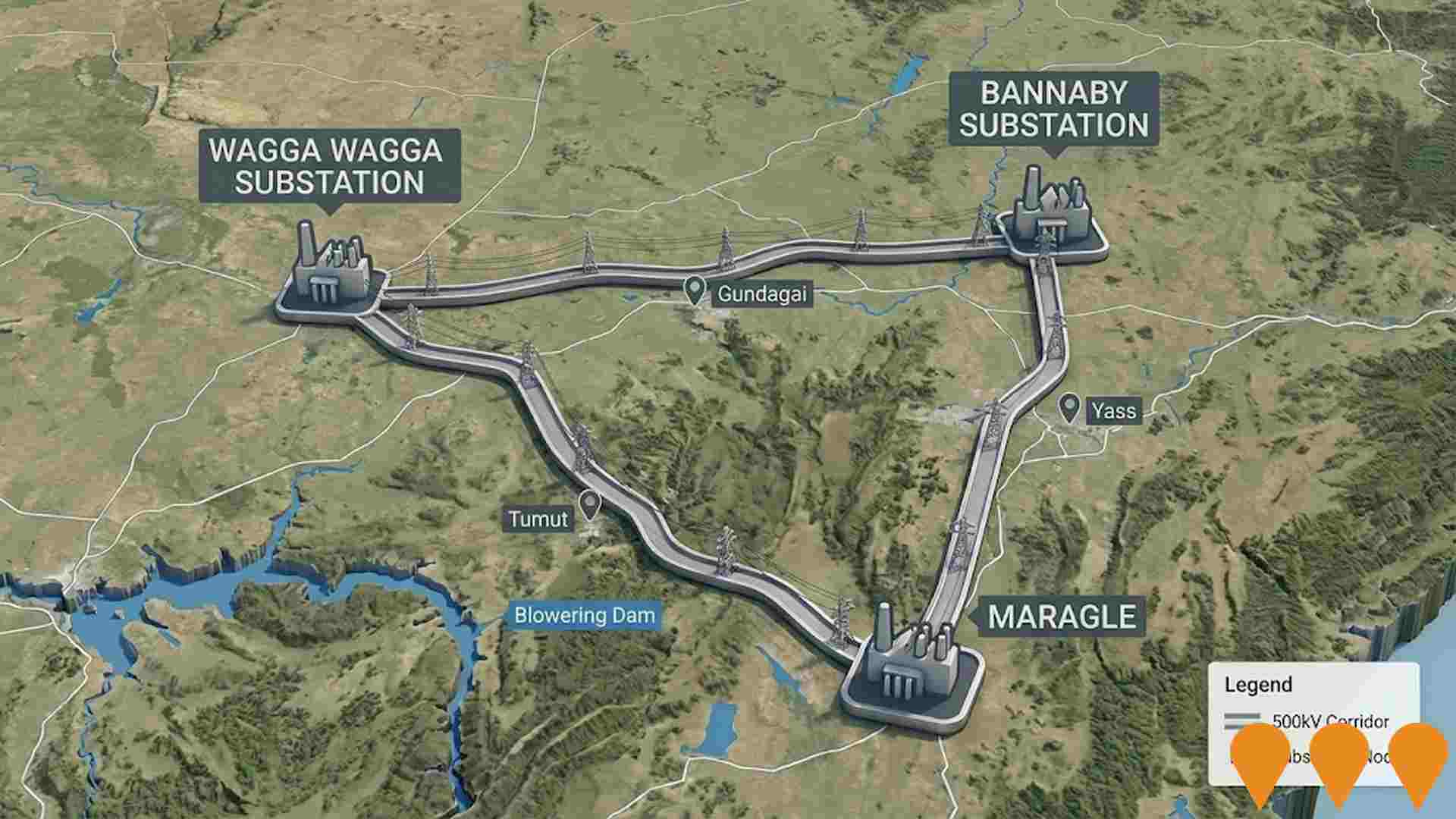
Talbingo Battery Energy Storage System
A 450 MW, 1,800 MWh (4-hour) battery energy storage system (BESS) proposed approximately 700 m from the Tumut 3 Power Station and immediately adjacent to Transgrid's 330 kV Lower Tumut Switching Station, about 2.8 km south of Talbingo. The project has received SEARs and is preparing an Environmental Impact Statement as a State Significant Development. The BESS will provide system services, firm renewable generation, relieve network constraints, and support grid stability.

Bondo Wind Farm
The Bondo Wind Farm is investigating the potential to develop a wind farm in the Bondo region's pine plantation to provide clean energy. It features up to 154 turbines with a capacity of 1.2 GW, including an 800 MW / 3.2 GWh battery storage system. The project is currently in the planning phase, preparing an Environmental Impact Statement after submitting a scoping report.

Saddletop Wind Farm
Proposed wind farm with 123 turbines and battery storage, capacity of 738MW, powering 410,000 homes and avoiding approximately 300,000 tonnes of emissions annually.

Jeremiah Wind Farm
The proposed Jeremiah Wind Farm is a 400MW renewable energy project by Squadron Energy located on Wiradjuri Country, approximately 25km east of Gundagai, NSW. The wind farm will comprise 65 wind turbines with 6MW GE Vernova turbines and include a 150MW battery energy storage system. The project is expected to power over 200,000 homes and prevent approximately 560,000 tonnes of carbon emissions annually. Construction is expected to create up to 262 jobs during the build phase and 12 ongoing operational jobs. The project will connect to the Lower Tumut-Yass transmission line and is part of Squadron Energy's 14GW renewable energy development pipeline. An Environmental Impact Statement has been completed and the project is progressing through planning approvals.

Employment
Employment performance in Tumut Surrounds exceeds national averages across key labour market indicators
Tumut Surrounds has a balanced workforce consisting of both white and blue collar jobs. The unemployment rate as of June 2025 is 3.3%.
There was an estimated employment growth of 7.2% in the past year. As of June 2025, 2,395 residents are employed with an unemployment rate of 2.9%, which is 0.4% lower than Rest of NSW's rate of 3.7%. Workforce participation is similar to Rest of NSW at 56.4%. Employment is concentrated in agriculture, forestry & fishing, manufacturing, and health care & social assistance sectors.
Tumut Surrounds has a strong specialization in agriculture, forestry & fishing with an employment share 4.6 times the regional level. However, health care & social assistance shows lower representation at 10.3% compared to the regional average of 16.9%. Over the 12 months to June 2025, employment increased by 7.2%, while labour force increased by 8.7%, leading to a rise in unemployment rate by 1.4 percentage points. In contrast, Rest of NSW saw a fall in employment by 0.1% and an increase in unemployment rate by 0.4 percentage points. National employment forecasts from Jobs and Skills Australia, published in May 2025, project national employment growth of 6.6% over five years and 13.7% over ten years. Applying these projections to Tumut Surrounds' employment mix suggests local growth of approximately 4.9% over five years and 11.1% over ten years.
Frequently Asked Questions - Employment
Income
Income levels sit below national averages according to AreaSearch assessment
AreaSearch's latest postcode level ATO data for financial year 2022 shows Tumut Surrounds had a median income among taxpayers of $48,497 and an average of $59,708. This is below the national average. Rest of NSW had a median income of $49,459 and an average of $62,998 during the same period. Based on Wage Price Index growth of 12.61% since financial year 2022, current estimates for Tumut Surrounds would be approximately $54,612 (median) and $67,237 (average) as of September 2025. The 2021 Census reveals household, family and personal incomes in Tumut Surrounds rank modestly, between the 28th and 31st percentiles. The earnings profile indicates that 30.5% of locals (1,481 people) fall within the $1,500 - 2,999 income category, similar to metropolitan regions where 29.9% occupy this range. Housing costs are manageable with 90.8% retained, but disposable income is below average at the 37th percentile.
Frequently Asked Questions - Income
Housing
Tumut Surrounds is characterized by a predominantly suburban housing profile, with above-average rates of outright home ownership
In Tumut Surrounds, as per the latest Census evaluation, 97.4% of dwellings were houses, with the remaining 2.6% comprising semi-detached homes, apartments, and other types. This contrasts with Non-Metro NSW's figures of 92.0% houses and 8.0% other dwellings. Home ownership in Tumut Surrounds stood at 52.2%, with mortgaged properties making up 32.1% and rented dwellings accounting for 15.7%. The median monthly mortgage repayment was $1,300, aligning with Non-Metro NSW's average, while the median weekly rent was $200, compared to Non-Metro NSW's figures of $230. Nationally, Tumut Surrounds' mortgage repayments were lower than the Australian average of $1,863, and rents were substantially below the national figure of $375.
Frequently Asked Questions - Housing
Household Composition
Tumut Surrounds has a typical household mix, with a fairly typical median household size
Family households account for 71.2% of all households, including 28.5% couples with children, 33.7% couples without children, and 8.0% single parent families. Non-family households make up the remaining 28.8%, with lone person households at 27.3% and group households comprising 1.7% of the total. The median household size is 2.4 people, which matches the average for the Rest of NSW.
Frequently Asked Questions - Households
Local Schools & Education
Tumut Surrounds faces educational challenges, with performance metrics placing it in the bottom quartile of areas assessed nationally
In Tumut Surrounds, the university qualification rate is 15.6%, significantly lower than NSW's average of 32.2%. Bachelor degrees are most common at 10.9%, followed by postgraduate qualifications (2.5%) and graduate diplomas (2.2%). Vocational credentials are prevalent, with 41.7% of residents aged 15+ holding such qualifications - advanced diplomas at 9.5% and certificates at 32.2%. Educational participation is high, with 29.0% of residents currently enrolled in formal education: 12.0% in primary, 9.3% in secondary, and 1.8% in tertiary education.
Six schools operate within Tumut Surrounds, educating approximately 240 students. The school mix includes five primary schools and one K-12 school. Local school capacity is limited (5.0 places per 100 residents vs the regional average of 13.9), leading many families to travel for schooling.
Frequently Asked Questions - Education
Schools Detail
Nearby Services & Amenities
Transport
Transport servicing is low compared to other areas nationally based on assessment of service frequency, route connectivity and accessibility
Transport analysis indicates 286 active stops operating within Tumut Surrounds, including both train and bus services. These stops are served by 21 individual routes, collectively offering 161 weekly passenger trips. Transport accessibility is rated as limited, with residents typically located 728 meters from the nearest stop.
Service frequency averages 23 trips per day across all routes, resulting in approximately 0 weekly trips per individual stop.
Frequently Asked Questions - Transport
Transport Stops Detail
Health
Health performance in Tumut Surrounds is lower than average with common health conditions somewhat prevalent across both younger and older age cohorts
Tumut Surrounds faces significant health challenges with common health conditions prevalent across both younger and older age cohorts. The rate of private health cover is relatively low at approximately 50% of the total population (around 2,403 people), compared to the national average of 55.3%.
The most common medical conditions in the area are arthritis and asthma, affecting 11.7% and 8.9% of residents respectively. However, 64.9% of residents declared themselves completely clear of medical ailments, compared to 62.9% across Rest of NSW. The area has 25.7% of residents aged 65 and over (1,249 people). Health outcomes among seniors in Tumut Surrounds are above average, performing better than the general population in health metrics.
Frequently Asked Questions - Health
Cultural Diversity
Tumut Surrounds is considerably less culturally diverse than average when assessed alongside AreaSearch's national rankings for language and cultural background related metrics
Tumut Surrounds' cultural diversity was found to be below average, with 88.2% of its population being Australian citizens and 90.7% born in Australia. English is the primary language spoken at home by 95.3% of residents. Christianity is the predominant religion, comprising 67.1% of Tumut Surrounds' population, compared to 65.3% across Rest of NSW.
The top three ancestry groups are Australian (33.9%), English (31.8%), and Irish (10.5%). Notably, Australian Aboriginal people are overrepresented in Tumut Surrounds at 3.5%, compared to the regional average of 4.8%. Scottish ancestry is also slightly higher at 8.1% versus 7.6%, while South African ancestry is marginally lower at 0.4% compared to 0.5%.
Frequently Asked Questions - Diversity
Age
Tumut Surrounds hosts an older demographic, ranking in the top quartile nationwide
Tumut Surrounds' median age is 47 years, which is significantly higher than the Rest of NSW average of 43 years and substantially exceeds the national average of 38 years. The age profile indicates that individuals aged 55-64 years are particularly prominent, making up 15.5% of the population, while those aged 25-34 years comprise only 7.8%. Between 2021 and present, the percentage of individuals aged 75 to 84 has grown from 6.9% to 8.8%, and those aged 15 to 24 have increased from 9.3% to 10.7%. Conversely, the percentage of individuals aged 5 to 14 has declined from 13.6% to 11.7%, and the 55 to 64 age group has dropped from 16.9% to 15.5%. By 2041, Tumut Surrounds is projected to experience notable shifts in its age composition. The 75 to 84 age group is expected to grow by 28%, adding 121 people and reaching a total of 550 individuals from the current figure of 428. Meanwhile, the 15 to 24 and 45 to 54 age cohorts are anticipated to see population declines.



